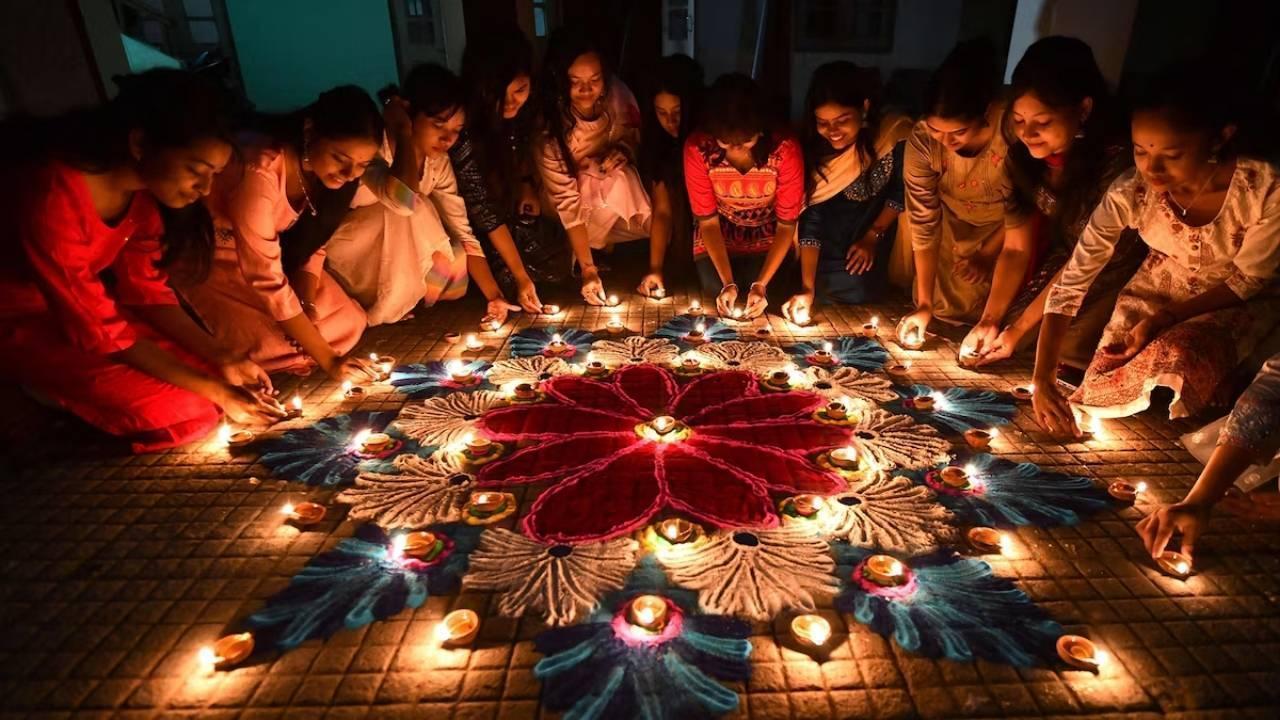
Post by : Anish
Festivals like Diwali, one of India’s most iconic celebrations, have traditionally been rooted in community gatherings, rituals, and family interactions. Over the past decade, however, social media and digital platforms have transformed these practices, creating a hybrid of traditional and virtual experiences.
From Instagram stories showcasing rangoli designs to TikTok videos of festive dances, digital platforms are not just reflecting traditions — they are shaping them. This fusion allows global audiences to participate in celebrations they might otherwise miss, while also influencing how festivals evolve over time.
Social media acts as an amplifier, giving festivals unprecedented reach. Platforms like Instagram, Facebook, and YouTube allow users to share photographs, videos, and live streams of festivities in real time.
During Diwali, millions of users post images of illuminated homes, elaborate meals, and fireworks displays. These posts create a global festival narrative, spreading awareness of cultural practices and inspiring new ways to celebrate. Additionally, brands and influencers contribute to the cultural conversation, promoting themed products and lifestyle content that merges tradition with modern aesthetics.
One of the most notable impacts of social media is its ability to create virtual communities. Diaspora populations can connect with their cultural roots, celebrating festivals in a digital environment even if geographically distant from their homeland.
Online platforms host live-streamed religious ceremonies, virtual poojas, and interactive storytelling sessions. For many, these experiences complement or replace physical participation, fostering a sense of belonging and cultural continuity. The digital age has, therefore, democratized festival participation, enabling anyone with an internet connection to join the celebrations.
Influencers have become cultural mediators, shaping how festivals are perceived and celebrated. Their content ranges from DIY decorations and festive recipes to fashion and beauty tutorials for special occasions.
During Diwali, influencer-led campaigns often go viral, introducing trends that blend traditional practices with contemporary aesthetics. For instance, eco-friendly fireworks, minimalist rangoli designs, or modern fusion foods gain popularity through social media reach. These trends not only redefine festival norms but also encourage sustainable and creative practices.
Social media also drives festival-related commerce. Retailers leverage platforms to promote festive sales, exclusive collections, and digital gift cards. During Diwali, online marketplaces often launch campaigns highlighting culturally themed products, from clothing and jewelry to home décor.
Digital marketing strategies now intertwine with festival storytelling, using hashtags, interactive polls, and live sessions to engage audiences. This trend has changed the economic dimension of festivals, making them significant drivers of online consumer activity and influencing spending patterns worldwide.
While digital platforms enhance festival experiences, they also present challenges. The commercialization of traditions can sometimes overshadow the cultural and spiritual essence of celebrations. Influencer-driven trends may create pressures to conform to idealized depictions of festivals, leading to stress or exclusion for those unable to participate on the same scale.
Moreover, excessive reliance on digital participation can reduce face-to-face interactions, weakening communal bonds. As festivals transition online, balancing tradition with digital innovation becomes crucial to maintaining authenticity and inclusivity.
Storytelling remains central to festival celebrations, even in the digital realm. Social media platforms allow users to share personal narratives, historical insights, and mythological interpretations.
For Diwali, stories about Lord Rama, Goddess Lakshmi, or local customs are shared widely, often accompanied by visually appealing graphics or videos. This narrative approach strengthens cultural knowledge and engages younger generations, who might otherwise be less connected to traditional lore.
Technological tools such as augmented reality (AR), virtual reality (VR), and interactive apps have introduced immersive experiences into festival celebrations. AR filters allow users to virtually decorate homes, create animated rangoli designs, or try on festive attire digitally.
VR experiences offer virtual temple visits, live-streamed processions, or even interactive Diwali workshops. These innovations enhance participation, particularly among those who cannot physically attend celebrations, while simultaneously modernizing the festival landscape.
Social media also promotes sustainability in festival practices. Campaigns encouraging eco-friendly fireworks, waste reduction, and responsible consumption gain traction online, influencing public behavior.
Hashtags and viral challenges highlight ways to celebrate without harming the environment, merging cultural pride with environmental responsibility. Through digital awareness campaigns, younger audiences become advocates for sustainable festivals, ensuring that tradition evolves responsibly alongside modern concerns.
Digital celebrations have transcended national boundaries, influencing global cultural exchange. People from different countries can witness and participate in Diwali, Holi, Eid, or Christmas in real time, learning about customs, music, and culinary traditions.
This globalization fosters cross-cultural appreciation and sometimes leads to fusion celebrations, where elements from multiple cultures combine in unique ways. The global visibility of festivals through social media strengthens cultural diplomacy, promoting understanding and unity across communities.
The challenge for modern festival celebrations is maintaining a balance between tradition and digital innovation. While technology facilitates participation and creativity, preserving the spiritual and cultural essence is critical.
Families, communities, and organizations are experimenting with hybrid models — physical gatherings complemented by online streaming, traditional rituals supplemented by social media storytelling. These approaches ensure that festivals retain meaning while embracing modern tools and trends.
Younger generations are particularly influenced by digital festival trends. Social media platforms serve as educational tools, introducing them to rituals, history, and cultural values in engaging formats.
At the same time, younger audiences often drive innovation, creating new celebratory practices that blend tradition with technology. DIY videos, creative challenges, and interactive experiences keep festivals dynamic and relevant, ensuring that cultural practices continue to thrive in an evolving world.
The integration of artificial intelligence, interactive media, and global connectivity will continue to shape festivals. Predictive algorithms may suggest personalized content for celebrations, while collaborative platforms can enable communities worldwide to co-create events.
As immersive experiences evolve, digital festivals could become multi-sensory events, combining visuals, audio, and virtual interaction. Despite these changes, the core values of sharing, gratitude, and community will remain central, guiding how traditions adapt to a digital environment.
Festivals like Diwali demonstrate the transformative impact of social media and digital technologies on cultural celebrations. By amplifying participation, fostering global communities, and introducing innovation, digital platforms have reshaped how traditions are observed.
At the same time, challenges exist in maintaining authenticity, promoting sustainability, and ensuring inclusive participation. The future of festivals lies in a thoughtful integration of technology with cultural values, allowing celebrations to remain meaningful while embracing the possibilities of the digital age.
This article is intended for informational purposes only. It explores trends in digital culture and festival celebrations. Readers should consult cultural and community sources for in-depth guidance on specific traditions.
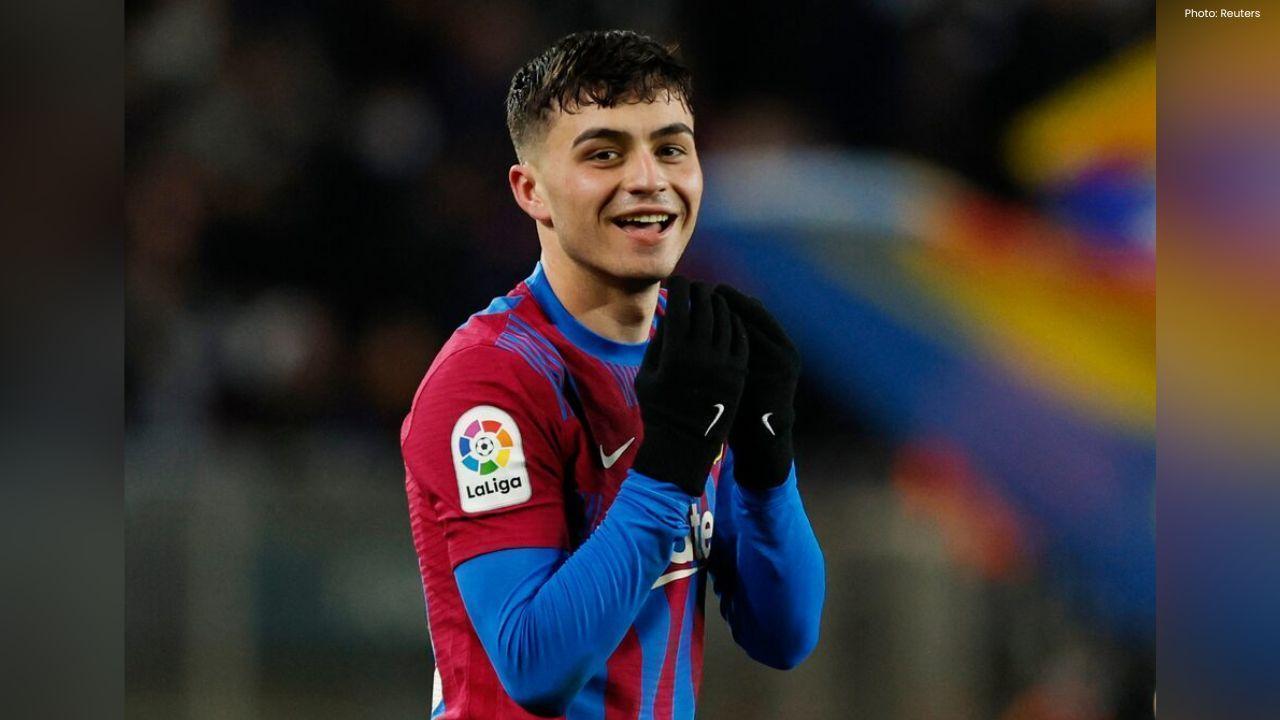
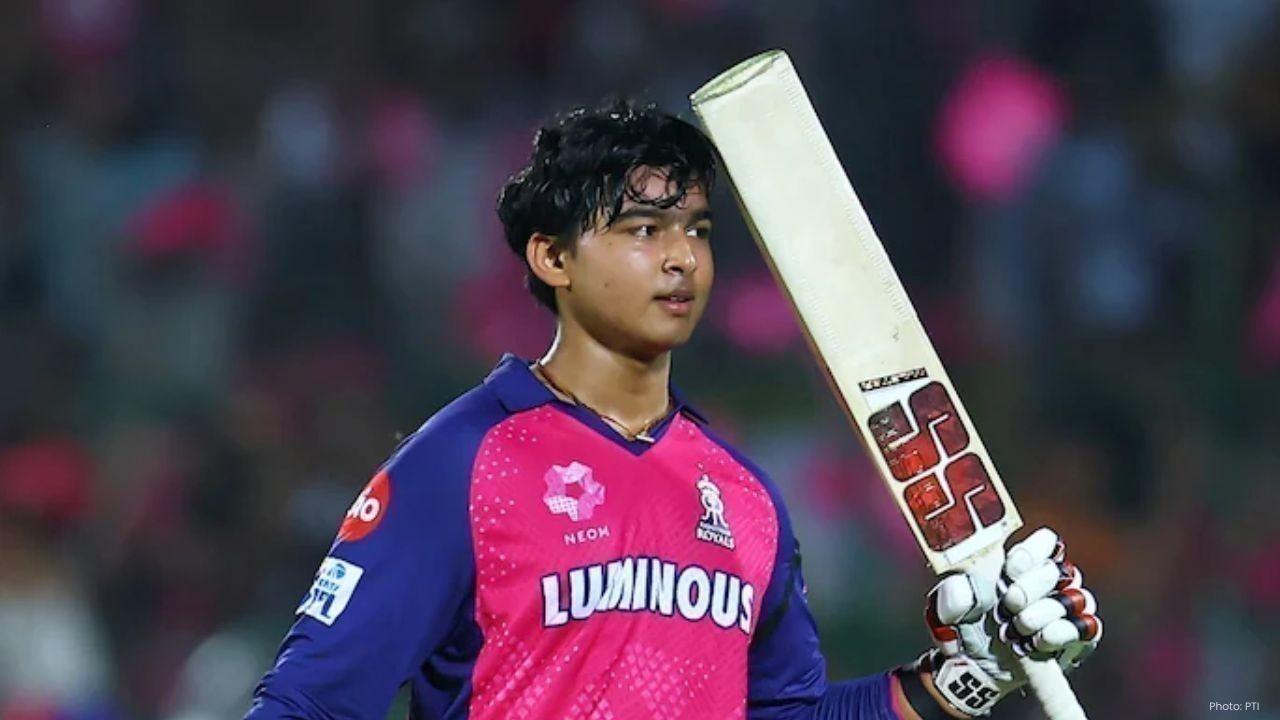
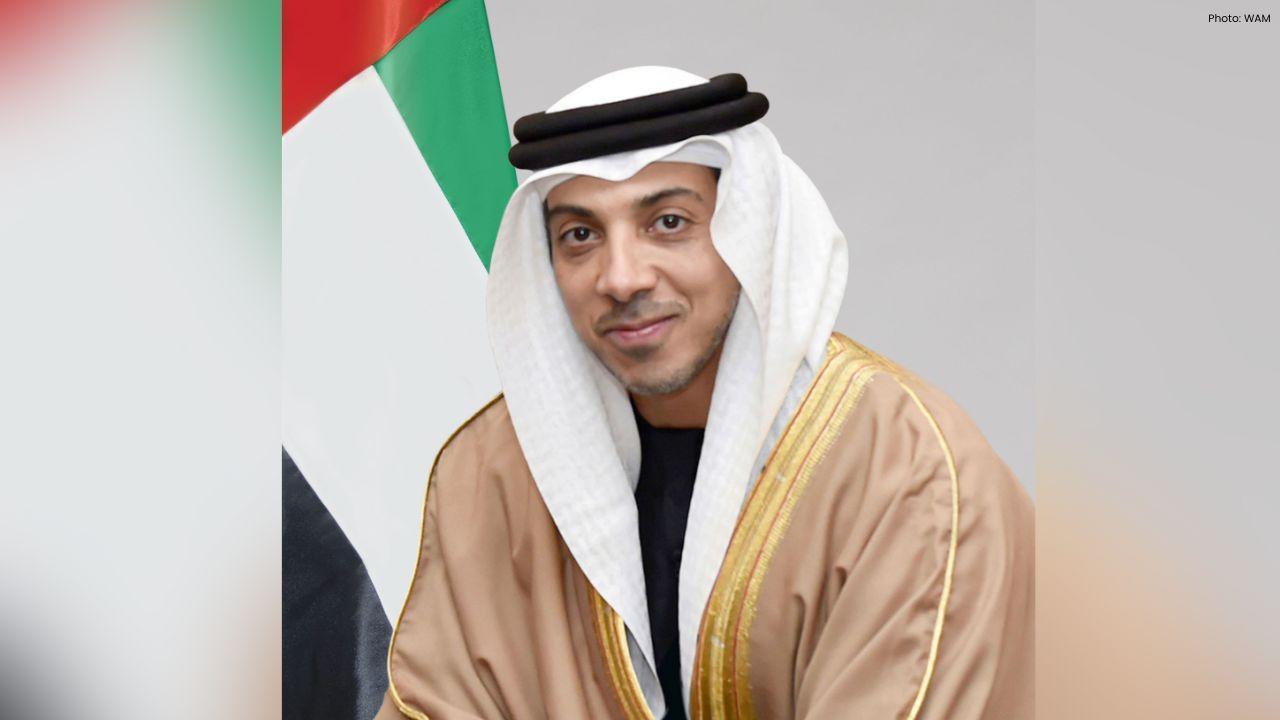
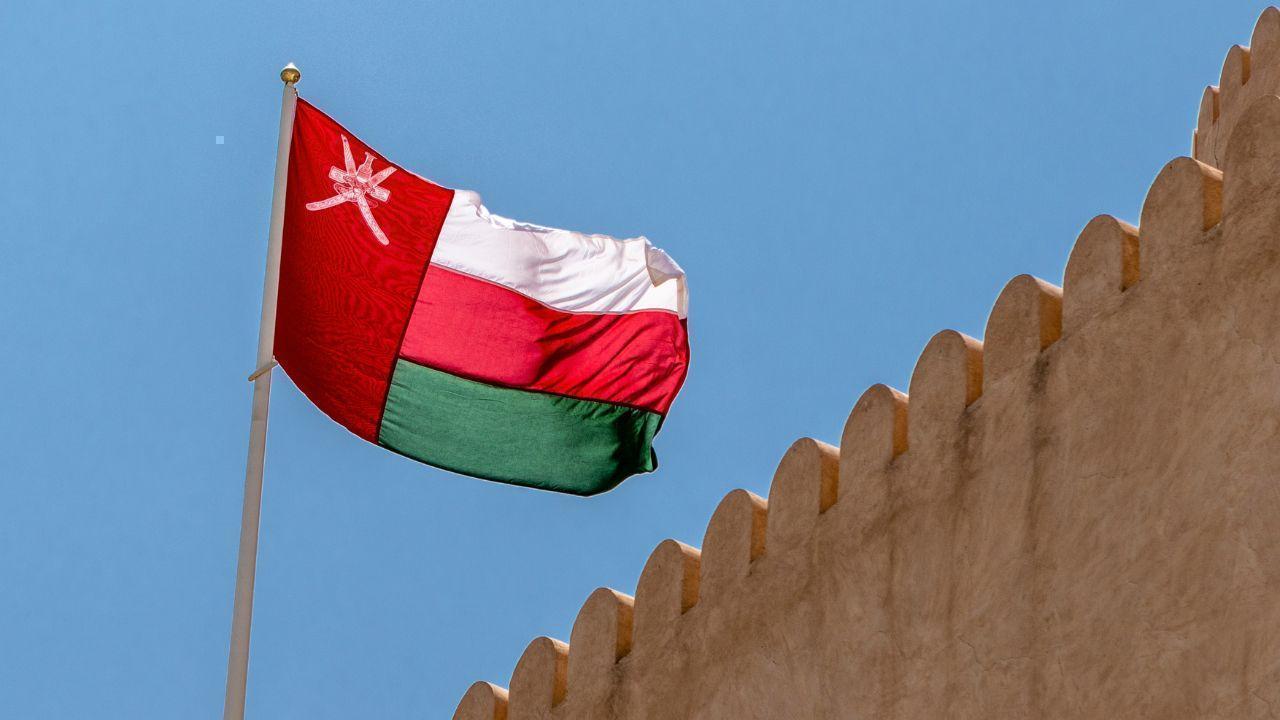

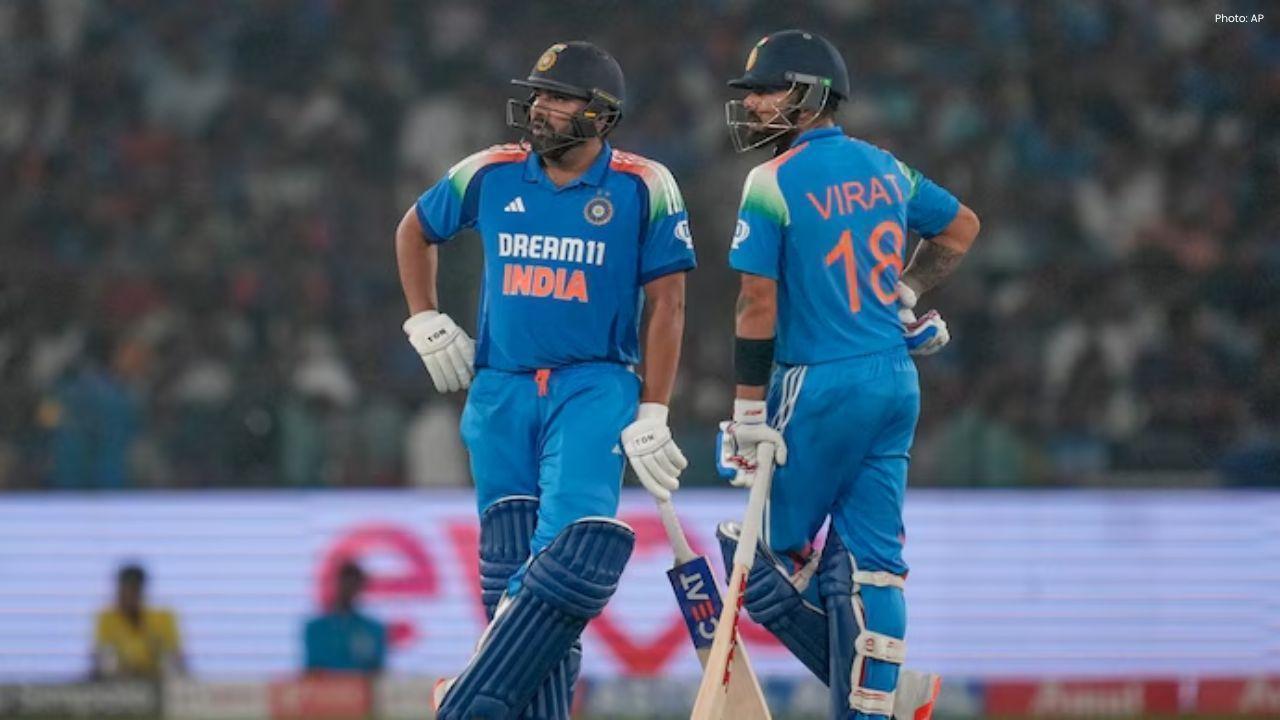
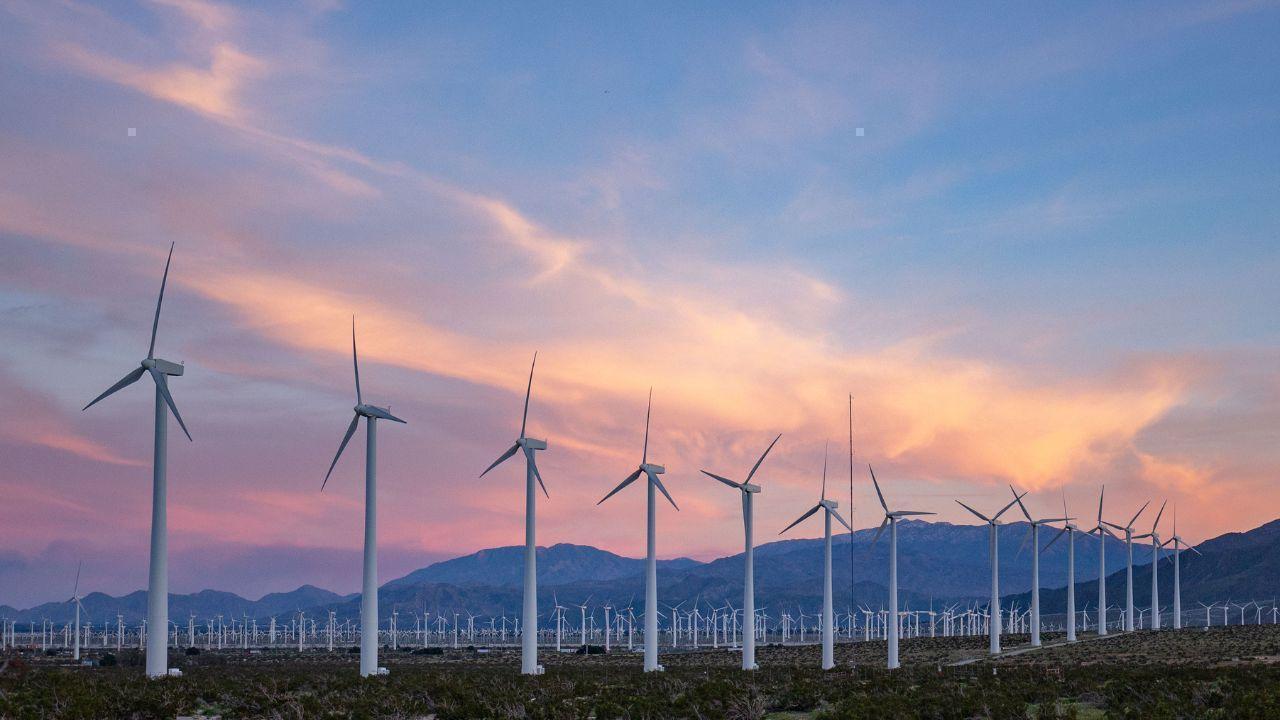
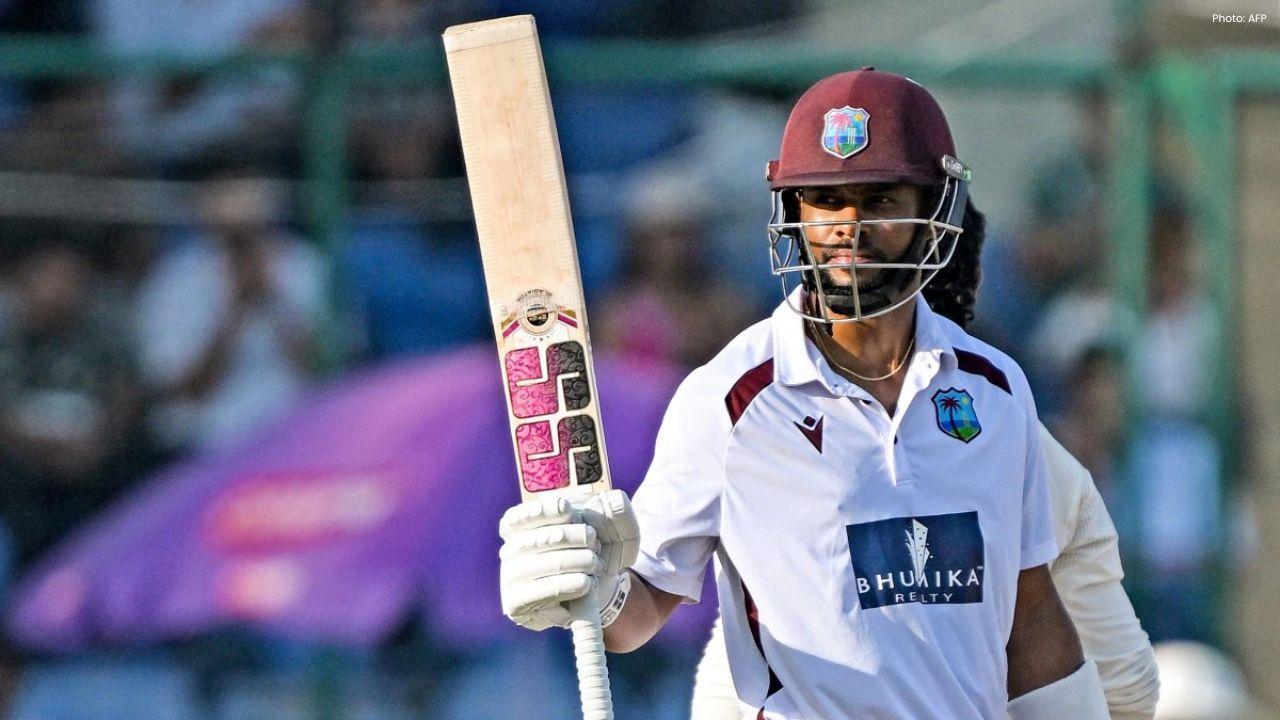
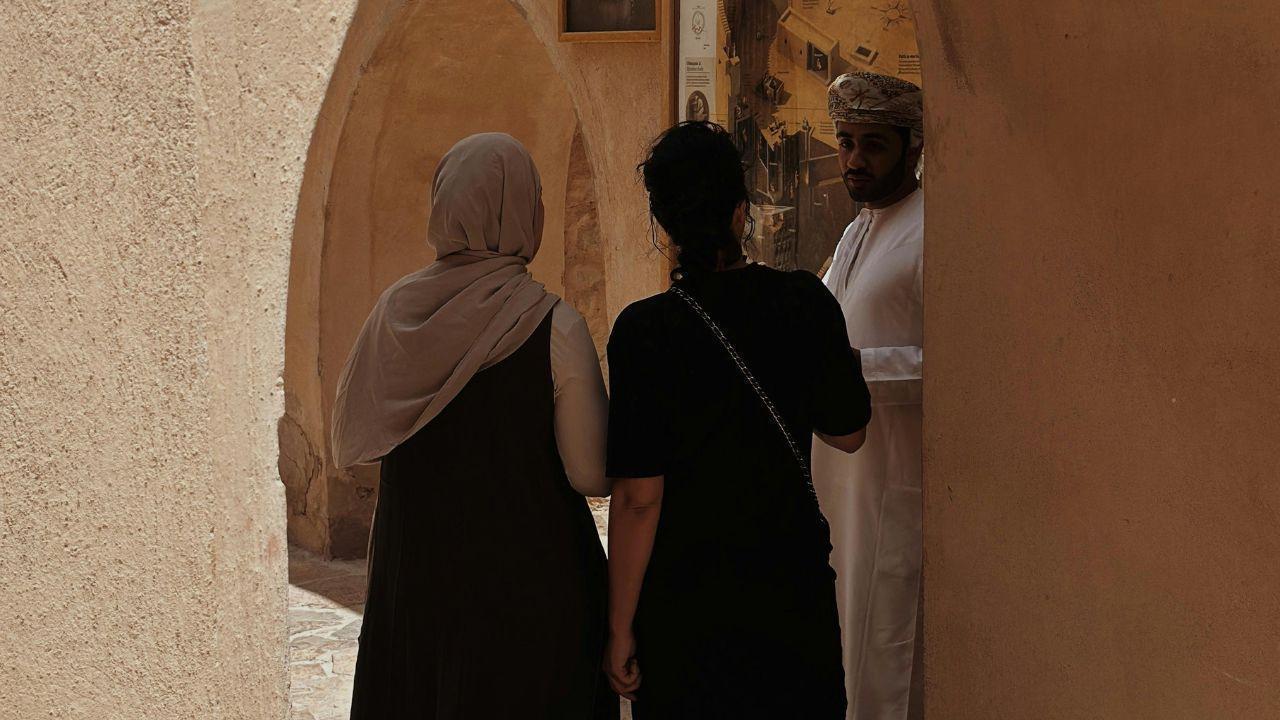

Pedri Credits Ferran Torres For Support And Guidance
Pedri highlights Ferran Torres’ support and guidance, saying strict advice and teamwork keep him mot

Vaibhav Suryavanshi Becomes Young Vice-Captain For Bihar
Vaibhav Suryavanshi, 14, appointed vice-captain of Bihar Ranji team, showing talent in domestic cric

Kohli And Rohit Ready For India Vs Australia ODI Series
Virat Kohli and Rohit Sharma prepare for India’s ODI series vs Australia, combining experience with

Shai Hope Ends Eight-Year Wait With Brilliant Test Century
West Indies batter Shai Hope breaks his eight-year Test century drought with a stunning 103 in Delhi
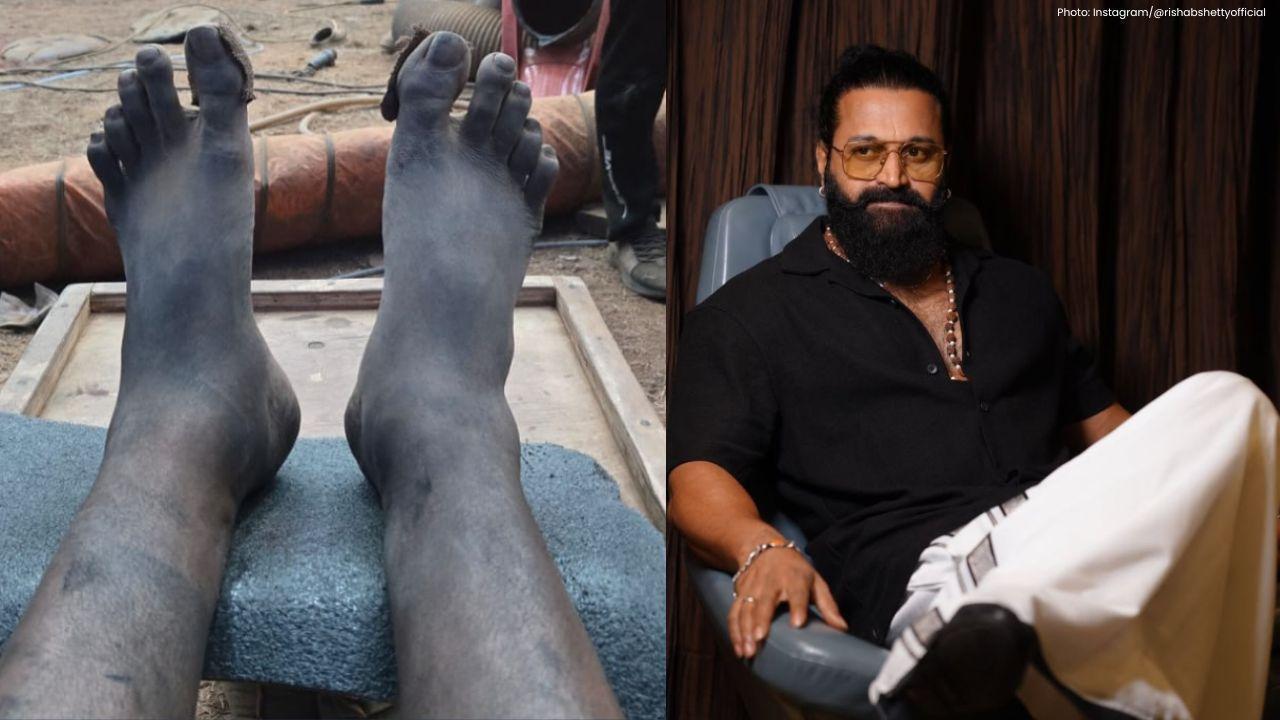
Rishab Shetty Filmed Kantara Climax With Swollen Leg
Rishab Shetty shared photos revealing he shot Kantara’s climax with a swollen leg, showing his stron
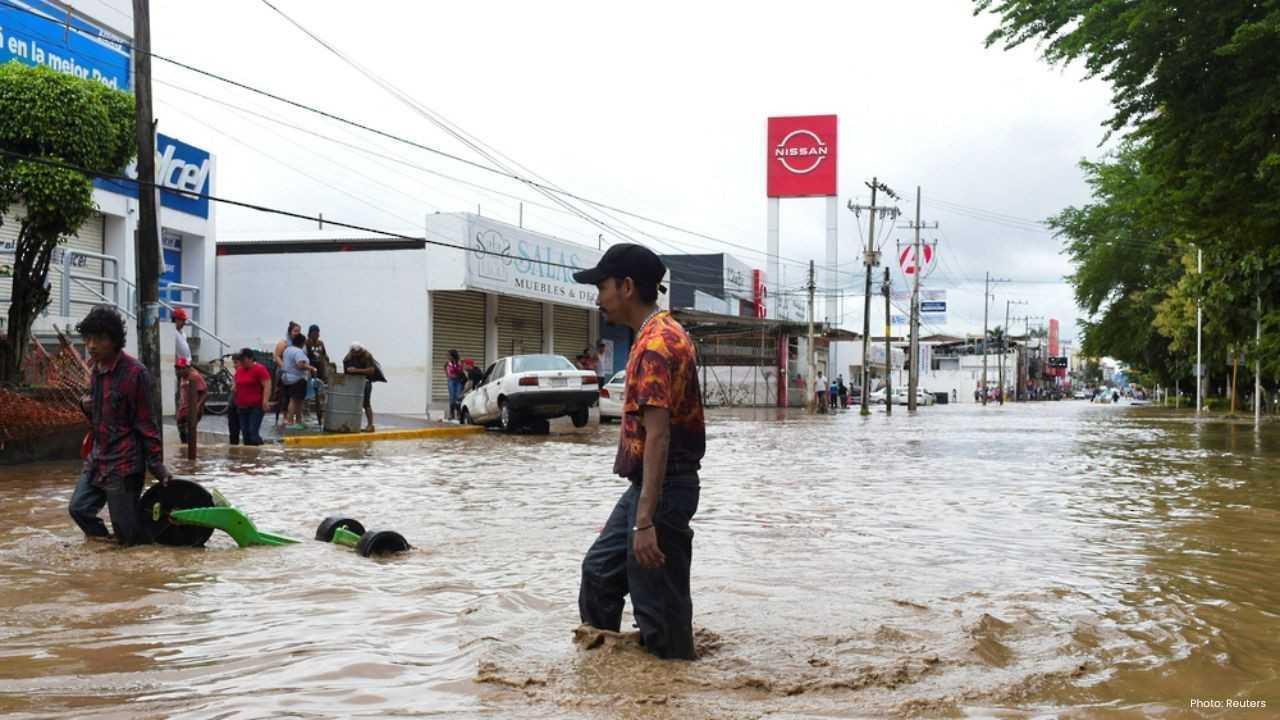
Mexico Floods Kill 41, Heavy Rains Displace Thousands
Heavy rains cause floods in Mexico, killing 41, displacing thousands, damaging homes, and triggering